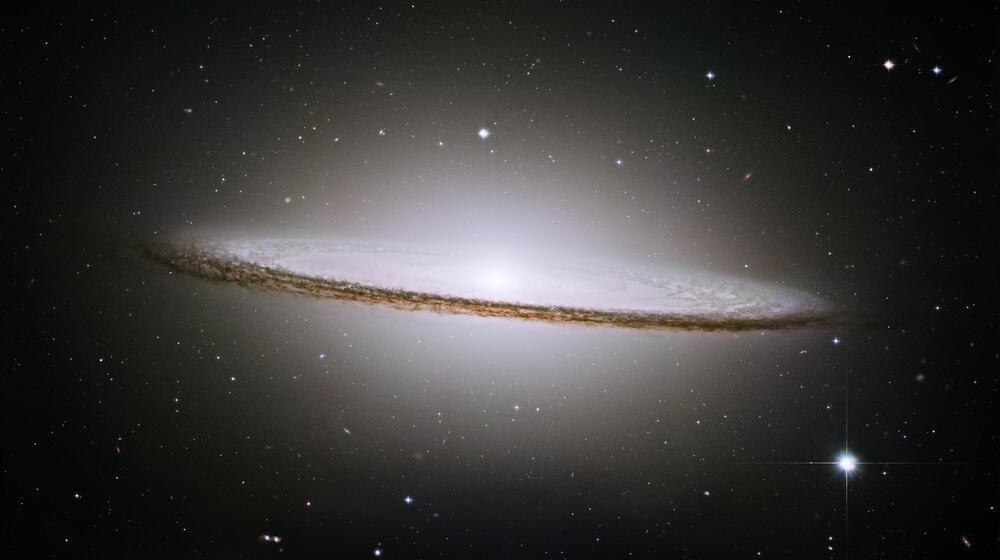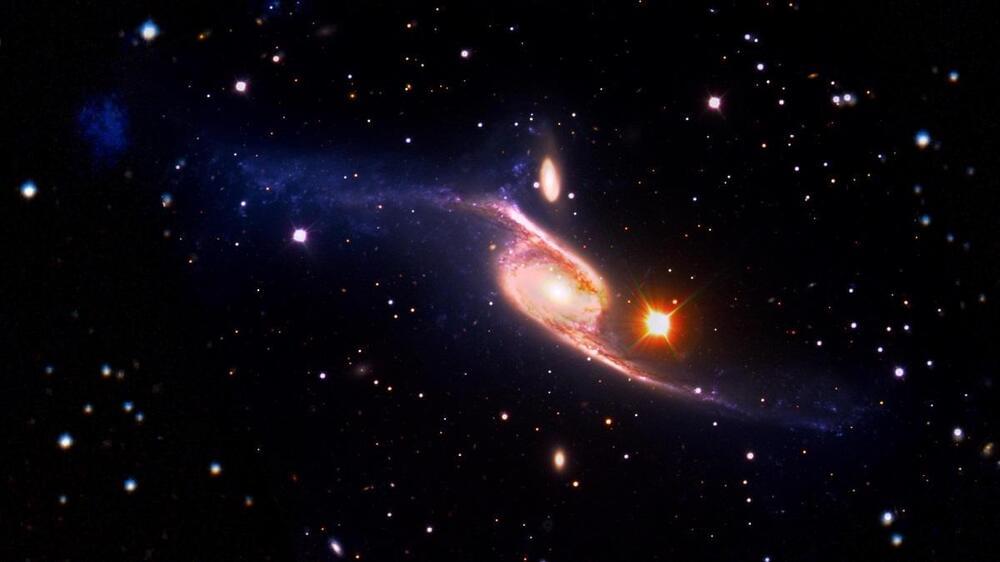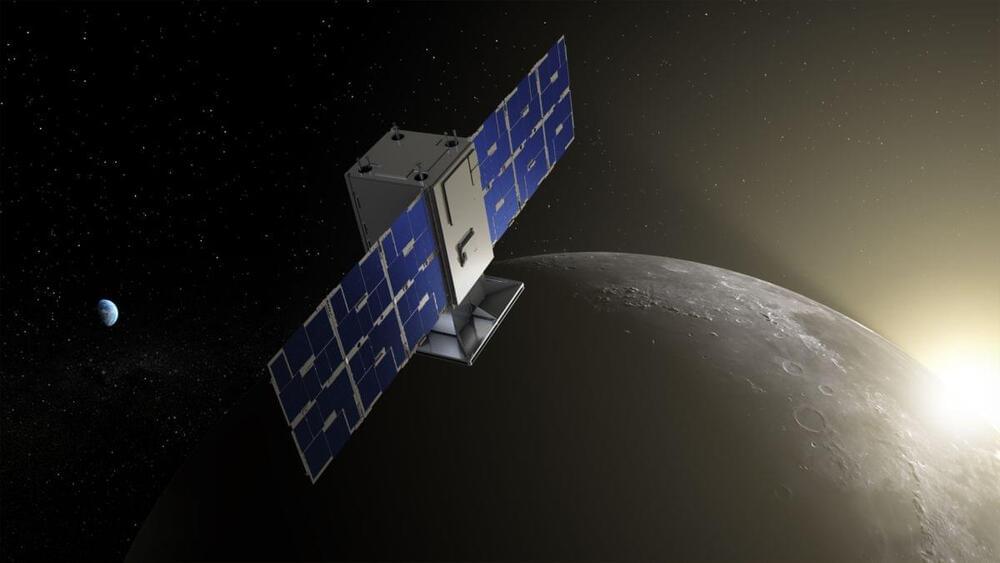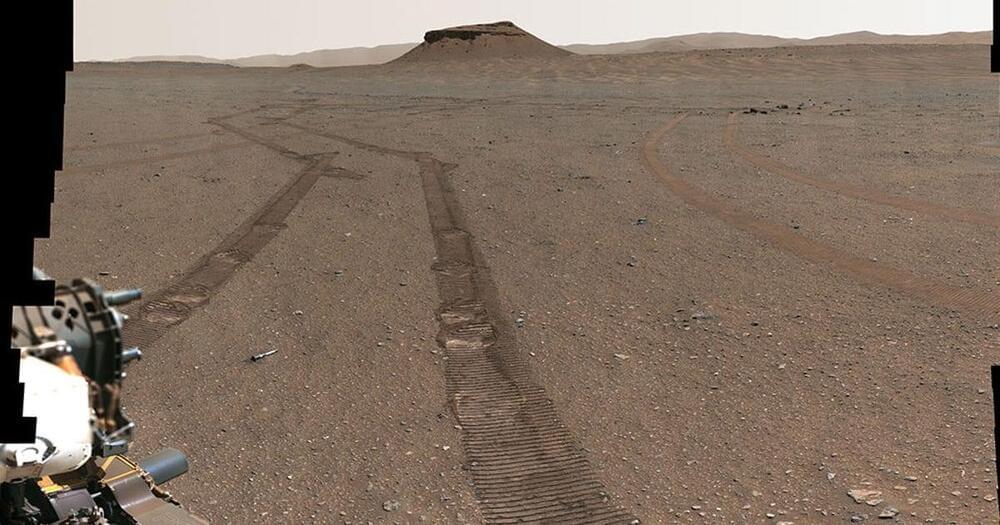Scientists from Princeton University believe using ripples in space-time will help them reveal hidden properties of the universe and look back at the beginnings of Earth. Read the article to learn more.
Category: space – Page 348

Proposed planetary system classifications suggest ours is the rarest
Astronomers have classified planetary systems into four distinct categories, based on the sizes and arrangements of their planets. As it turns out, the architecture of our own solar system is the rarest kind.
Decades of telescopes dedicated to the hunt for worlds around stars other than our own Sun have yielded more than 5,300 of these exoplanets so far, contained in 3,910 planetary systems. With that much data astronomers have been able to classify these planets into different groups based on their characteristics – there are rocky planets, gas giants, Super-Earths, mini-Neptunes and water worlds, among others.
But can planetary systems themselves be classified in similar ways? And if so, how does our own solar system stack up on a cosmic scale? Answering those questions was the goal of a new study by scientists in Switzerland, who examined data from all 853 systems known to contain multiple planets.

Revealed: The Webb Telescope’s Jaw-Dropping New ‘Ultra Deep’ Image That Uses Warped Spacetime
Have you ever seen a “megacluster” of galaxies? You have now. Above is a flagship new “ultra deep” image from the James Webb Space Telescope (JWST) of Abell 2744—nicknamed Pandora’s Cluster—a megacluster of three separate clusters of galaxies and a stunning 50,000 objects.
There’s so much mass in this megacluster that its gravity warps the fabric of spacetime to create a natural super-magnifying glass called a “gravitational lens.” It’s that which has allowed JWST to see much farther into the cosmos than it’s natively capable of.
The latest deep field image from NASA’s James Webb Space Telescope features all-new details of a violent megacluster of galaxies about four billion light years from Earth.


Largest galaxy in the universe stunning new composite image
A spectacular new photo has been released showing the record-holder for largest galaxy in the universe.
NGC 6872, also known as the Condor Galaxy, stretches 522,000 light years from tip to tip. The Milky Way is approximately 100,000 light years across.
The galaxy is visible in the southern skies as part of the Pavo constellation, and is 212 million light-years from Earth.



Planetary Defense: Asteroid Racing Toward Earth Discovered Just Hours Before Impact
For the seventh time, a small asteroid – a meteoroid as astronomers call it – was discovered in space as it raced towards Earth for impact. The predicted time and location of the impact (02:50 – 03:03 UTC
Coordinated Universal Time or Universal Time Coordinated (UTC) is the primary time standard by which the world regulates clocks and time. Prior to 1972, this time was called Greenwich Mean Time (GMT) and is also known as “Z time” or “Zulu Time.” It is, within about 1 second, mean solar time at 0° longitude.
‘PneumoPlanet’ inflatable moon habitat could house 32 astronauts
The PneumoPlanet inflatable lunar habitat offers an opportunity for future lunar astronauts to comfortably live, eat and work on the moon, its designers say.
Could We BUILD Orbital Defense Platforms TODAY?
Railguns, Coilguns, Gauss Cannons, MAC Guns, what does it all mean? This week we’re exploring the topic of Electromagnetic weapons. From Halo to just Science Fiction in general, they’re a staple due to their cool designs but also because of how close we are to building them today. We’ll look at a few of the weapons we see in Halo as well as some real world experiments and designs showing just how close we are to having MAC Guns in space ourselves!
If you have any questions or comments, leave them in the comments section below. I’d love to hear from you!
Follow me on Twitter!: https://twitter.com/TheBigCabezon.
Join the Discord!: https://discord.gg/nKDWRtBtYg.
Halo © Microsoft Corporation.
Halo Infinite OST © Gareth Coker, Joel Corelitz, and Curtis Schweitzer.
The appearance of U.S. Department of Defense (DoD) visual information does not imply or constitute DoD endorsement.